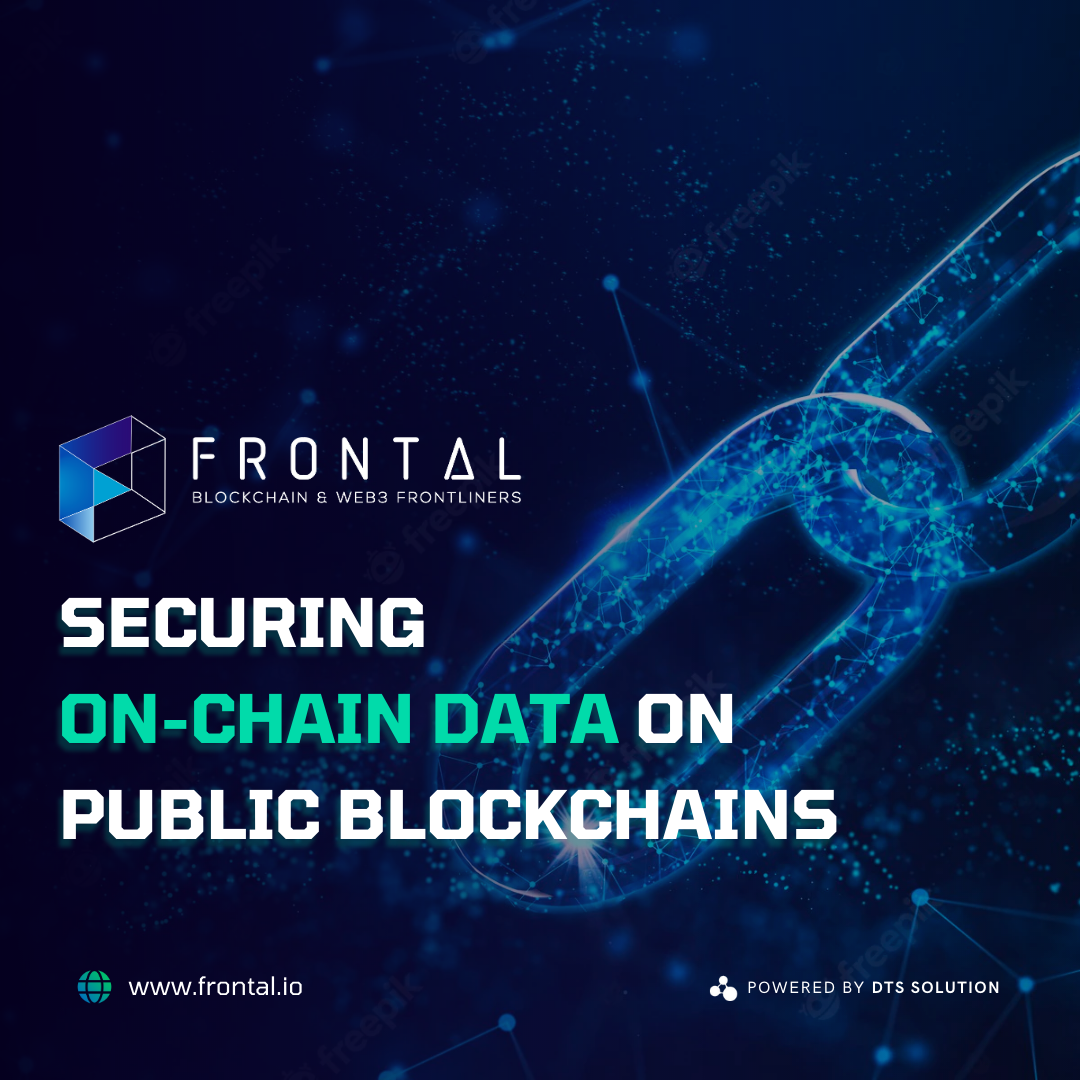Blockchains, specifically public ones, present a unique quandary in terms of ensuring data security while maintaining transparency. The decentralized nature of blockchain data makes it challenging to alter a single record without detection, as a hacker would need to modify not just the block containing that record, but also all of the blocks linked to it. However, public blockchains are not without vulnerabilities and bad actors can exploit these weaknesses.
One common method of exploiting a blockchain is through a 51% attack, in which a malicious actor gains control of the majority of the computational power on a proof-of-work-based blockchain network. This allows them to overpower the official version of the blockchain, permitting them to carry out double spend attacks and reorganize blocks.
Another potential point of attack is through the use of smart contracts, which are self-executing code snippets used to automate transactions. If a smart contract is not designed with care, it may contain vulnerabilities that hackers can take advantage of.
On-Chain VS. Off-Chain Data
| On-Chain Data | Off-Chain Data |
|---|---|
| Publicly accessible components of the ledger, such as transaction data and hashed public keys | Non-public components of the network, such as private transactions, oracle data, and more |
| Append-only state machines and stored on a distributed ledger | Not stored on a distributed ledger |
| Public and immutable | Not public and not immutable |
| Raise unique security challenges for Web3 projects | Less security challenges than on-chain data |
First, it is essential to differentiate between on-chain and off-chain data. As append-only state machines, blockchains store data on a distributed ledger. This means that changes to the state are public and immutable. On-chain data refers to publicly accessible components of the ledger. These could range from transaction data to hashed public keys (wallets).
On the other hand, off-chain data refers to non-public components of the network, such as private transactions, oracle data, and more. The public nature and immutability of on-chain data raise unique security challenges for Web3 projects. While a corrupted node could simply be rolled back and reconfigured from a clean state in previous web epochs, this is not possible with blockchains due to their immutability. With blockchain, security posture must be preemptive rather than reactive.
Security On-Chain Data
Making sure to use authorized access is one way of securing on-chain data. Another common defense mechanism is comprehensive, routine security audits for identifying and resolving exploitation vectors. Below are other important ways to protect your data.
- Keep your crypto wallets secure: Measures such as 2FA implementation, using cold wallets, and adopting strong passwords can significantly reduce the risk of wallet compromise and loss of funds.
- Implement multisig techniques: Using multisig wallets creates a more robust security architecture where multiple keys are required to authorize a transaction. This is commonly called an M of N scheme where N number of people hold keys and a certain # of them (M) is required for successful authorization. Not only should different people have these keys, but they should also be stored in various places (and definitely not be shared). For instance, one key could be stored on a computer, another on a USB drive, and a third in a safety deposit box. A majority of the three keys would be necessary to complete a transaction.
- Carry out extensive security audits: A blockchain security audit is an evaluation of a blockchain platform, smart contract, or dApp to determine if it satisfies all security criteria. Typically, these audits are conducted by external, independent cybersecurity firms (like Frontal). During an audit, a series of tests are conducted to uncover potential vulnerabilities or weaknesses. After identifying any problems during the security audit, a blockchain security firm like Frontal will provide a detailed report on the findings and make recommendations on how to resolve them. It is vital to note that blockchain security audits are not one-time events; they should be undertaken regularly to protect the security of a smart contract. Trust and user confidence can be built by demonstrating that security is taken seriously.
Lastly, prevention is critically important when it comes to on-chain data security. Keeping up to date with the latest security threats is a vital way to achieve this. In cybersecurity, more so than elsewhere, knowledge is power. Keeping abreast of the latest developments helps forecast future cyber threats and take the proper steps toward preempting those threats before they occur.
Frontal secures smart contracts and dApps using both manual analysis and automated testing. This covers essential capabilities such as code review, static and dynamic analysis, tool deployment automation, and financial testing.

